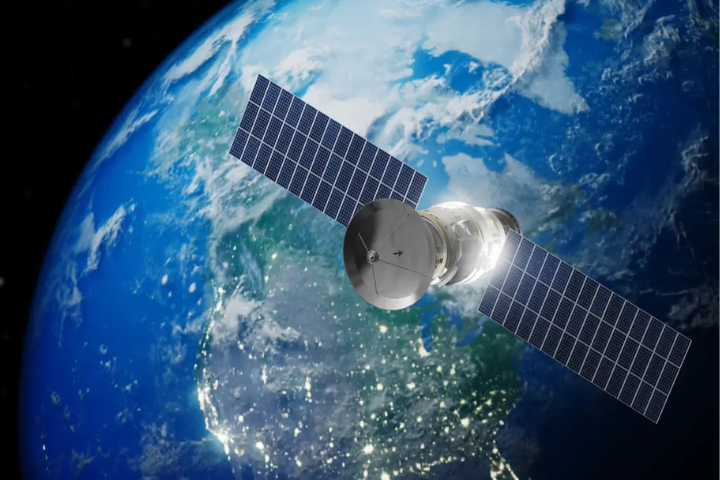Recently, scientists made an unexpected and confusing discovery. Skynet-1A, a defunct satellite launched in 1969, has suddenly shifted its position.
Originally, the British satellite orbited quietly over Eastern Africa. However, it now hovers over the Americas, sparking new concerns.
Mysterious Satellite Movement Raises New Concerns
Space experts are unsure how this change happened. The United Kingdom’s Ministry of Defence is monitoring this unusual development closely. Their concern focuses on potential collisions with other space debris.
Normally, defunct satellites are guided to “graveyard orbits” to avoid active zones. Skynet-1A’s recent movement defies these norms, leaving some to question whether an unknown force or command influenced it.
As this story unfolds, it highlights the dangers posed by increasing space debris. Experts warn that more debris makes collisions likely, if not inevitable.
Historical Background: Did the US Move Skynet-1A?
Skynet-1A was originally launched on a US Air Force Delta rocket. Its primary mission was to support British military communications from a stable orbit. However, reports suggest the United States regained control of the satellite in the 1970s. According to some sources, the satellite may have been moved westward before it was decommissioned.
BBC reporter Jonathan Amos notes that Skynet-1A could not drift this far on its own. Documents reportedly suggest the US moved the satellite before turning it over to the UK. Still, the exact details of this manoeuvre remain unclear.
Most geostationary satellites remain fixed over one region. However, Skynet-1A ended up in the Americas instead. Rather than being guided to a graveyard orbit, it now sits in a busier area of space. This unusual positioning creates more risk and brings satellite safety into question.
Growing Space Debris Worsens Safety Risks
The strange movement of Skynet-1A underscores a wider problem: growing space debris. Every year, Earth’s orbit becomes more crowded with defunct satellites and debris. Space agencies globally worry about rising collision risks. Even a small collision could create thousands of hazardous debris fragments.
With satellites playing a crucial role in communication and navigation, a collision could have far-reaching effects. Experts warn that, without new safety policies, the risk of an incident grows. Global agencies are already working to manage debris and improve satellite tracking.
Skynet-1A’s mysterious journey is a strong reminder of this risk. Experts say better satellite management policies are urgently needed. As agencies investigate the recent shift, Skynet-1A’s strange story may prompt new regulations in space safety.




GIPHY App Key not set. Please check settings